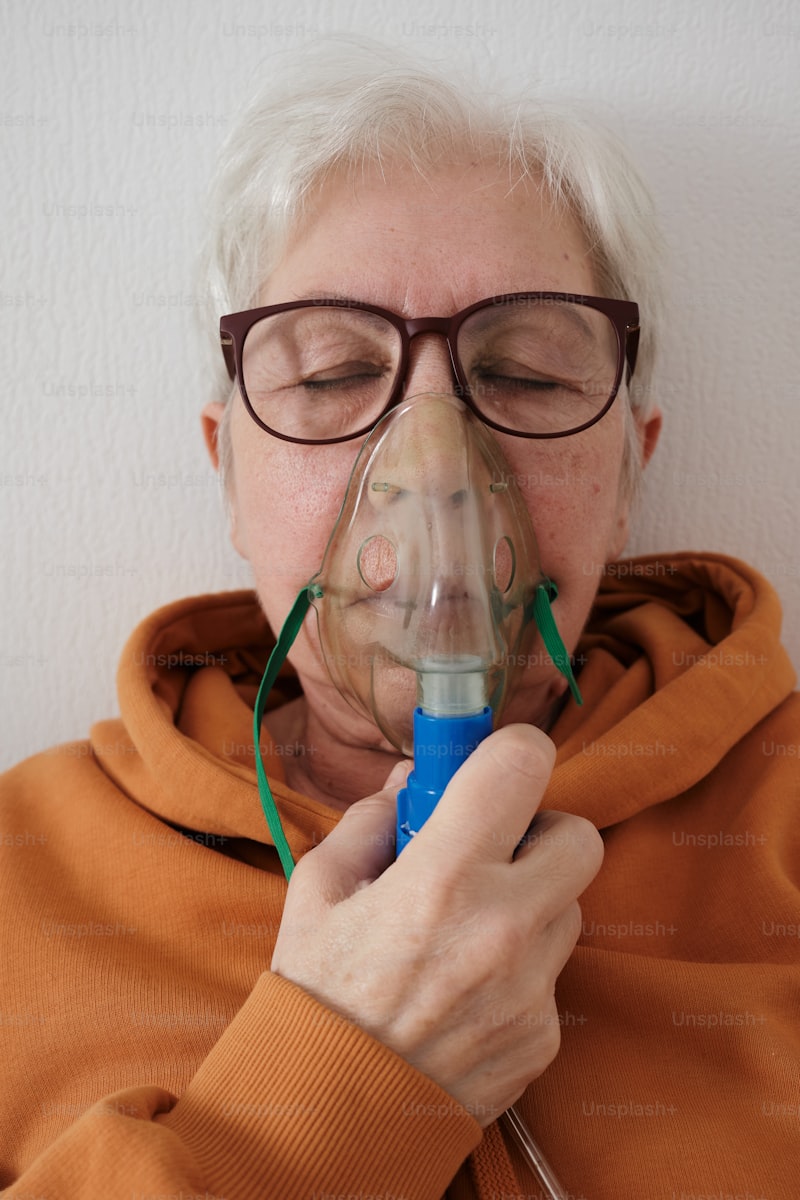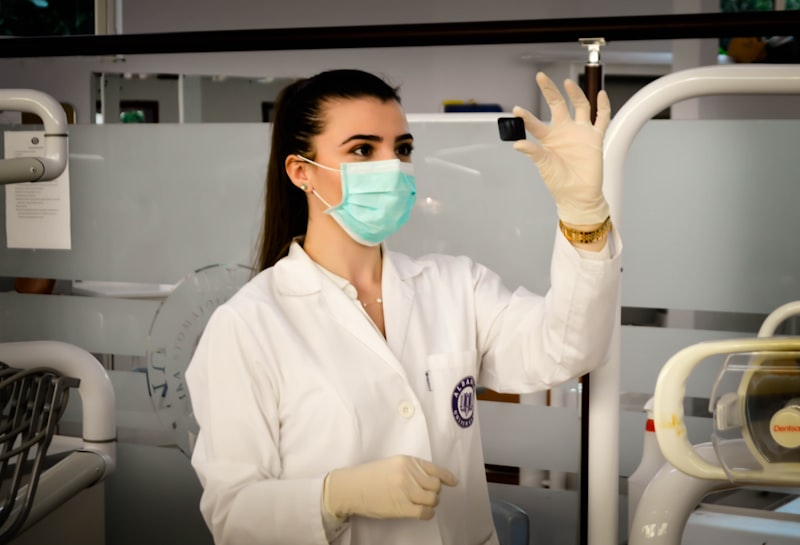Yoga isn’t just about striking poses; it’s a powerful tool for enhancing breathing and lung health. By practicing yoga regularly, individuals can significantly improve their respiratory efficiency and overall lung capacity. The combination of controlled breathing techniques (pranayama) and specific yoga postures (asanas) helps to strengthen the respiratory muscles and increase oxygen intake.

One of the most effective breathing exercises in yoga is diaphragmatic breathing, also known as belly breathing. This technique encourages deep inhalation and exhalation, activating the diaphragm fully to enhance oxygen exchange in the lungs. Through consistent practice, practitioners develop a habit of breathing more efficiently, which can alleviate respiratory issues such as shallow breathing or breathlessness.
Yoga postures like the Cobra Pose (Bhujangasana) and the Bridge Pose (Setu Bandhasana) are beneficial for expanding the chest and improving lung capacity. These poses not only stretch the chest muscles but also stimulate the thoracic region, enhancing circulation and oxygen flow. Regular practice of these asanas helps to maintain lung elasticity and prevents the onset of respiratory ailments.
Moreover, yoga promotes relaxation and reduces stress levels, which are crucial for respiratory health. Stress can lead to shallow breathing and tension in the chest, hindering optimal lung function. Techniques such as alternate nostril breathing (Nadi Shodhana) and Kapalabhati (skull shining breath) help to clear the nasal passages, purify the respiratory system, and calm the mind.
In essence, integrating yoga into daily life can have profound benefits for breathing and lung health. It’s not just about physical flexibility; it’s about fostering a deep connection between body and breath. Whether you’re aiming to enhance athletic performance or simply improve your overall well-being, yoga offers a holistic approach to respiratory fitness that anyone can benefit from.
Breathe Freely: Yoga Poses That Boost Lung Capacity
Do you often feel short of breath or find yourself gasping for air after a flight of stairs? Improving lung capacity can significantly enhance your overall well-being and stamina. One of the most effective ways to achieve this is through yoga, a practice renowned for its holistic benefits on both body and mind.
Yoga offers a variety of poses that specifically target and strengthen the respiratory system. These poses not only expand lung capacity but also enhance lung efficiency, allowing you to breathe more deeply and effortlessly. Let’s explore some of the key yoga poses that can help you breathe freely and boost your lung capacity.
1. Deep Breathing (Pranayama): Before diving into specific poses, mastering deep breathing techniques (pranayama) is crucial. Techniques like diaphragmatic breathing (belly breathing) and alternate nostril breathing (Nadi Shodhana) enhance oxygen intake, promoting better lung function over time.
2. Cobra Pose (Bhujangasana): This pose not only strengthens the spine but also expands the chest, increasing lung capacity. As you lift your chest and arch backward, you open up the front of your body, allowing for deeper inhalation and exhalation.
3. Bridge Pose (Setu Bandhasana): By lifting the hips and chest off the ground, Bridge Pose stretches the chest muscles and improves breathing. It also stimulates the lungs and thyroid gland, further aiding in respiratory function.
4. Cat-Cow Pose (Marjaryasana-Bitilasana): This dynamic duo of poses helps to warm up the spine while coordinating breath with movement. The deep, rhythmic breathing enhances lung capacity by encouraging full expansion and contraction of the lungs.
5. Warrior Pose (Virabhadrasana): Warrior poses, particularly Warrior I and II, focus on deep, intentional breathing. These poses stretch the chest and shoulders, promoting better respiratory efficiency and lung capacity.
6. Fish Pose (Matsyasana): Fish Pose opens up the chest and throat, facilitating deeper breathing. It also stretches the muscles of the neck and upper back, relieving tension that can restrict breathing.
Incorporating these yoga poses into your routine can lead to noticeable improvements in lung capacity and overall respiratory health. Whether you practice yoga at home or in a studio, consistency is key to reaping the benefits. Remember, each deep inhale and exhale serves to oxygenate your body, energizing you from the inside out.
Harnessing Breath: Yoga Techniques for Enhanced Lung Health
Breathing is the essence of life, and mastering it can significantly enhance lung health. Yoga, an ancient practice revered for its holistic benefits, offers powerful techniques to harness the potential of our breath. By focusing on breathing consciously and deeply, practitioners can unlock a range of benefits that extend beyond just physical fitness.
Yoga teaches us that breath is more than just an automatic bodily function—it’s a pathway to relaxation, vitality, and improved lung capacity. Techniques like diaphragmatic breathing, where we breathe deeply into the belly rather than shallowly into the chest, help expand lung capacity and improve oxygen intake. This method not only enhances respiratory efficiency but also calms the mind, reducing stress and promoting overall well-being.
Another effective technique is Pranayama, which involves controlling the breath through various exercises such as alternate nostril breathing (Nadi Shodhana). This practice balances the flow of energy in the body, clears the nasal passages, and enhances lung function by encouraging deeper, more rhythmic breathing patterns.
Incorporating these techniques into a regular yoga practice can yield profound results. As we become more aware of our breath and its connection to our physical and mental state, we empower ourselves to manage stress more effectively. This, in turn, supports our lung health by reducing the strain that stress can place on the respiratory system.

Imagine your lungs as balloons—Pranayama and deep breathing exercises inflate them fully, allowing more oxygen to enter and circulate throughout the body. This oxygenation not only fuels our cells but also detoxifies our system, promoting clearer thinking and heightened energy levels.
Yoga offers a treasure trove of techniques to optimize lung health through the power of breath. By practicing regularly and with mindfulness, individuals can cultivate stronger lungs, improve overall respiratory function, and enjoy a deeper connection to their inner selves. So, take a breath, feel its transformative potential, and embark on a journey to better lung health through yoga.
Yoga’s Secret Weapon: How Breathing Exercises Transform Lung Health
Ever wondered how yoga masters seem to effortlessly manage stress while maintaining impeccable health? The secret lies in their mastery of something we all do without much thought: breathing. Yoga’s breathing exercises, known as pranayama, are not just about relaxation—they’re a powerful tool for transforming lung health.
In the hectic rush of modern life, we often breathe shallowly, depriving our bodies of vital oxygen. This can lead to increased stress levels, fatigue, and even compromised lung function over time. Yoga teaches us to relearn this essential function of breathing deeply and consciously.
Pranayama techniques vary widely, from simple deep breathing exercises to more advanced practices like alternate nostril breathing. These techniques not only increase lung capacity but also enhance the efficiency of oxygen exchange within the body. As a result, practitioners experience improved respiratory function and better overall stamina.

Imagine your lungs as balloons—regular practice of pranayama helps inflate them fully, ensuring they receive ample fresh air with each breath. This oxygenates the blood more effectively, boosting energy levels and promoting clearer thinking.
Moreover, the rhythmic nature of pranayama induces a calming effect on the mind and body. It reduces the production of stress hormones, which can contribute to better mental clarity and emotional resilience. This holistic approach to breathing not only strengthens the respiratory system but also supports overall well-being.
Whether you’re a yoga novice or an experienced practitioner, integrating pranayama into your daily routine can yield profound benefits. It’s a simple yet potent way to enhance lung health, manage stress, and cultivate a deeper connection between mind and body. So, take a moment, inhale deeply, and feel the transformative power of yoga’s secret weapon—breathing exercises.
Deep Breaths, Deep Benefits: Yoga for Stronger Lungs
In today’s fast-paced world, where stress and pollution are constant companions, the need for strong lungs is more crucial than ever. Yoga offers a powerful antidote. Through a series of controlled breathing exercises, practitioners can learn to expand their lung capacity, improve oxygen circulation, and boost respiratory function. Imagine your lungs as balloons—yoga helps you inflate them fully, ensuring every cell in your body receives the vital oxygen it craves.
One of the fundamental pranayama techniques is ‘diaphragmatic breathing,’ also known as belly breathing. Instead of shallow chest breaths, this technique involves inhaling deeply through the nose, allowing the belly to expand fully like a balloon, and then exhaling slowly. It’s a simple yet effective way to strengthen the diaphragm and increase the efficiency of oxygen exchange in the lungs.
Another beneficial pranayama practice is ‘kapalabhati’ or skull-shining breath, which involves rapid, forceful exhalations followed by passive inhalations. This technique not only clears the respiratory passages but also stimulates blood circulation and enhances lung capacity over time. It’s like giving your lungs a deep cleanse, allowing them to function at their peak performance.
Incorporating yoga into your routine isn’t just about physical fitness; it’s a commitment to overall well-being. Whether you’re a seasoned yogi or a beginner, the benefits are profound. From reducing stress and anxiety (which can constrict airways) to improving posture (which enhances lung expansion), every pose and breath you take contributes to stronger, healthier lungs.
So, next time you roll out your yoga mat, remember: every deep breath you take is a step towards a healthier respiratory system. Embrace the power of yoga for stronger lungs and discover a deeper connection between your breath and your body. Your lungs will thank you for it.
Frequently Asked Questions
Are there specific yoga sequences recommended for beginners focusing on respiratory health?
Discover effective yoga sequences designed for beginners to enhance respiratory health. These sequences incorporate gentle poses and breathing exercises aimed at improving lung capacity and promoting overall respiratory well-being.
Can yoga help with respiratory conditions like asthma?
Discover how yoga can potentially alleviate symptoms of respiratory conditions such as asthma. Learn about specific yoga poses and breathing techniques that may contribute to improved respiratory function and overall well-being.
What are the best yoga poses for improving lung capacity?
Discover effective yoga poses that enhance lung capacity. These poses focus on deep breathing and expansion of the chest, helping to strengthen respiratory muscles and increase lung efficiency.
What are pranayama techniques, and how do they benefit lung health?
Learn about pranayama techniques, which are breathing exercises originating from yoga. Discover how they enhance lung health through controlled breathing patterns, promoting better oxygen absorption, lung capacity, and overall respiratory function.
How often should I practice yoga for better breathing?
Discover the optimal frequency for improving your breathing through yoga practice. Learn how regular sessions can enhance breath control and overall well-being.


